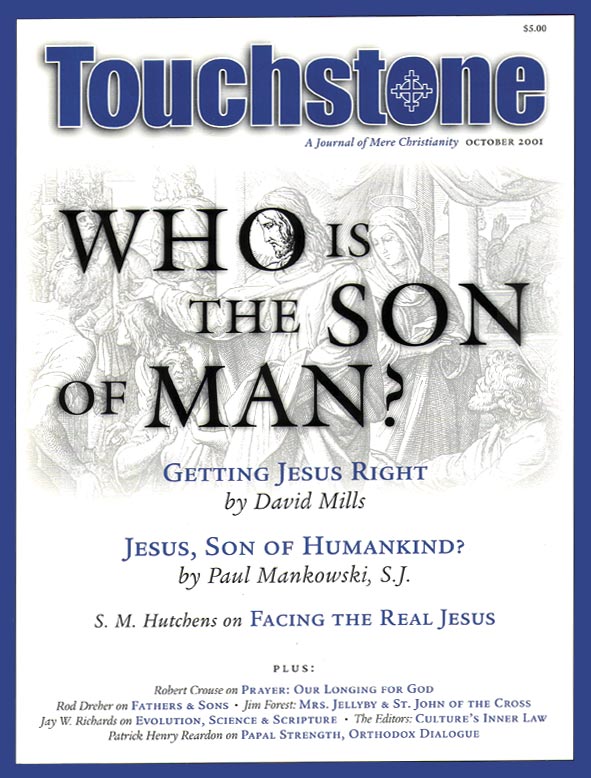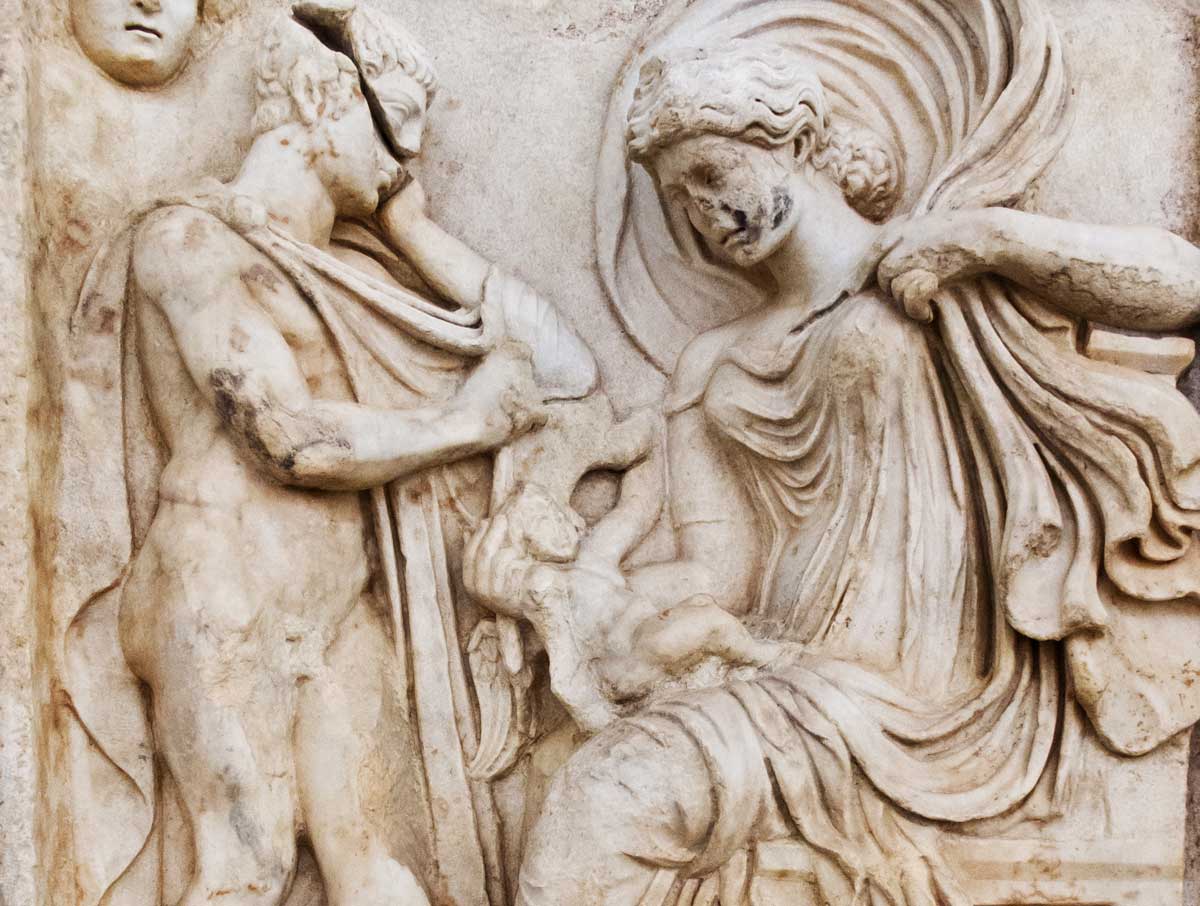Getting Jesus Right
How Heresy Seduces the Sincere
by David Mills
Protected by 2,000 years of Christian thinking, we moderns tend to think of the ancient heresies as if their advocates were like the shabbily dressed men in public parks who hold up badly hand-lettered signs and scream out warnings about alien invasions, and to wonder how so many people could have been taken in by ideas that were so obviously wrong. Most of us do not feel the danger of heresy, because we do not realize how attractive the great heresies were—which means that we do not realize how attractive they are.
You will not understand the early Christians, nor the need to keep to their doctrine today, until you understand how seductive were the imitation Jesuses they offered, and how easy it was to meet a fake Jesus and think he was the real one. The heretic was usually a rather charismatic man whose teachings were much more like the urban legends that even normally skeptical people believe because they seem so obviously true. He was almost always on to something that Christians had neglected or forgotten, and his faith therefore seemed deeper and wiser than theirs.
But only the Christians presented in their doctrines the real Jesus, and only the real Jesus could save you from hell and bring you to heaven. That in itself was obviously reason enough to drive out the people who were introducing their victims to a fake Jesus. The more believable was the picture, the more important it was to expose it as a fraud.
Gnosticism’s Challenge
Take the Christianized versions of Gnosticism that flourished in the first two or three centuries of the Church. Gnostics of all sorts believed that the real God could not have made a material world, because matter was evil. To say that God created matter would be grossly irreverent. Therefore a sort of lesser god must have created this world.
If men trapped in matter were to have any hope of knowing the real God, he had to have some connection with this world, and so the Gnostics argued that he was related to it by layers and layers and layers of beings, rather like companies whose chairman is insulated from the employees by executive vice-presidents and senior vice-presidents and plain vice-presidents and assistant vice-presidents and assistants to the assistant vice-presidents. Many of the Gnostic teachers had an elaborate mythology describing these beings that I find extraordinarily confusing.
As a religion, Gnosticism offered an elaborate system of rituals and ideas, and a special path to salvation offered only through a secret knowledge given only to the insiders. (The term Gnosticism, as you may know, comes from the Greek word for “knowledge.” The Gnostic was the one who knows.) Gnosticism, as one scholar has put it, is “the sense that the divine is to be discovered by some kind of interior search, and not simply by a savior who is outside you.” You can see why it alarmed the early Christians.
According to the Gnostics, the human race fell not into sin but into bodies. We fell from the world of spirit to the world of the senses. To be saved, we must learn the Gnostic truths that will save us from our degradation. We are saved, those of us who can be, by escaping the world and ascending to the real God and the purely spiritual world, which is accomplished through an interior search, by being initiated into the Gnostic secrets, and living by the Gnostic rules.
In most Gnostic systems—there were lots—only some men had in them the spark of the real God that let them escape the world. Others were condemned to stay in the bestial material world and disappear at death.
David Mills has been editor of Touchstone and executive editor of First Things.
subscription options
Order
Print/Online Subscription

Get six issues (one year) of Touchstone PLUS full online access including pdf downloads for only $39.95. That's only $3.34 per month!
Order
Online Only
Subscription

Get a one-year full-access subscription to the Touchstone online archives for only $19.95. That's only $1.66 per month!
bulk subscriptions
Order Touchstone subscriptions in bulk and save $10 per sub! Each subscription includes 6 issues of Touchstone plus full online access to touchstonemag.com—including archives, videos, and pdf downloads of recent issues for only $29.95 each! Great for churches or study groups.
Transactions will be processed on a secure server.
more from the online archives
calling all readers
Please Donate
"There are magazines worth reading but few worth saving . . . Touchstone is just such a magazine."
—Alice von Hildebrand
"Here we do not concede one square millimeter of territory to falsehood, folly, contemporary sentimentality, or fashion. We speak the truth, and let God be our judge. . . . Touchstone is the one committedly Christian conservative journal."
—Anthony Esolen, Touchstone senior editor










